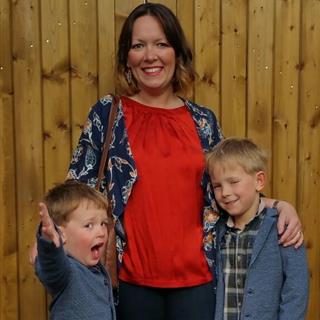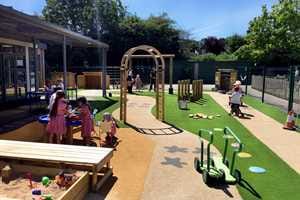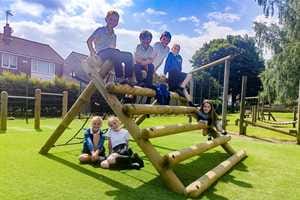
Lesson Ideas and Activities
Sensory, Messy and Imaginative Tuff Spot Tray Ideas and Activities!
The Tuff Spot Table and Tray is a fantastic educational resource for engaging children in all kinds of purposeful play activities during their Early Years.
With these Lesson Activities, children will be using their Tuff Spot Tray to begin exploring and to continue to develop fundamental skills in mathematics.
With space to select, manipulate and identify objects, discover their attributes, compare and sort them into categories, and move on to counting - there’s plenty of room for trial and error and having lots of fun in the process!
Dinosaur Tuff Tray Ideas
Who dares enter the Land of the Dinosaurs?!
Using the Tuff Spot Table for themed learning (in this case dinosaurs) can help to teach important skills across many of the Areas of Learning at the same time, through meaningful connections and associations.
Now you can create your Dinosaur Landscape.
Use Dividers to separate the tray and create different environments for the dinosaurs to live in!
- Section 1 - Murky Swamp! Add your choice of green slime or jelly, mud, moss, leaves, twigs and little plastic insects. Which carnivorous predators will wade through here to find their feast?
- Section 2 - Deserted Lands! Make this with a simple sand base, and a few little stones or painted pebbles. Children can move their dinosaurs around in the sand and make tracks, or even dig for little fossils. This is a great place to add some of the pretend fossils that the children made earlier.
- Section 3 - Lava Lakes! No Dinosaur Landscape would be complete without a good lava flow! Fill this section with tinned spaghetti, red jelly or red slime as ‘lava’, and use one of the channels for children to create a ‘real’ lava flow, scooping up the ‘lava’ and making it flow back down the channel onto the Tuff Spot Table.
- Section 4 - Tough Terrain! Create your tough terrain with a gravel base. You could add more stones as rocks, cereals such as rice crispies or bran flakes, pulses, rice, dried beans etc for lots of harder textures for children to explore with their hands and toy dinosaurs.
Now bring on the dinosaurs!
Provide children with a selection of different toy dinosaurs and dinosaur eggs to engage in imaginative play with their Dinosaur Landscape.
They will love moving around the different areas, exploring the scenery and textures, acting out imaginary games with their dinosaurs.
Fine Motor Tuff Tray Ideas
These activities are designed to get children moving their fingers, improving their dexterity and grip strength, using precise movements as they pick up and play with all the different objects and move them around the Tuff Spot Table.
Place the Tuff Spot tray on the stand, place the central cog divider in the middle of the table, and then use the dividers to create up to 8 sections on the table-top.
To create a chute or chutes for the children to roll resources down into their chosen sections, take one or two of the dividers and slot them into the edges of the table stand, to create supports for the channels provided.
Identifying Objects - What do we have here?
Product Spotlight
Display your choice of small objects from the ‘What You’ll Need’ list (above) on the Tuff Spot Table, and ask children to gather round, pick up the different objects and explore them. In terms of differentiation, you can make a choice here as to which objects you choose to display or what kind of items to begin with - depending on whether you want to focus on exploring shape and/or colour etc.
Introduce and encourage the children to use descriptive vocabulary.
Moving on a step, ask the children if they can spot two different items on the table that share an attribute - this means they match in some way. Try this in two ways - first asking children to pick out two different items that share at least one specific feature, perhaps a colour, shape or size.
Arrange them to split the table into two or more sections for sorting - you can gradually increase the number of sections to suit the objects that you are using for sorting, the different categories that you want the children to recognise, and their level of ability.
Ask them to look at each section and find two or more items that have another matching attribute that they weren’t considering before. For example if they have sorted everything into colour piles, can they now pick out the green triangles, or the blue squares, or all the red objects that are soft or have stripes - you and the children can pick your own attributes for further sorting to suit your resources.

Exploring these early mathematical concepts of sequence and order provides a foundation upon which children will be able to build their understanding of increasing and decreasing value in number.
Phonics Tuff Tray Ideas
Combine creativity with literacy with this fun and engaging activity, perfect for your EYFS pupils!
This easy clean-up and accessible activity is ideal for your Tuff Tray, looking to build their reading and writing and phonics skills!
- Simply cut out some letter shapes from paper or plastic
- Ask the children to copy the paper shape with play dough
- Then ask the children to sound out the letters they just made
- Can they think of any words with this sound in them?
- Can they make any more letters out of the play dough to form a whole word?
This super simple and easy activity will be instrumental in making phonics even more fun for your children.
If you liked this article about Tuff Trays, you might like: Outdoor Learning And Play: Are Mud Kitchens Worth It?
Or, download the full Tuff Tray Lesson Plan below!
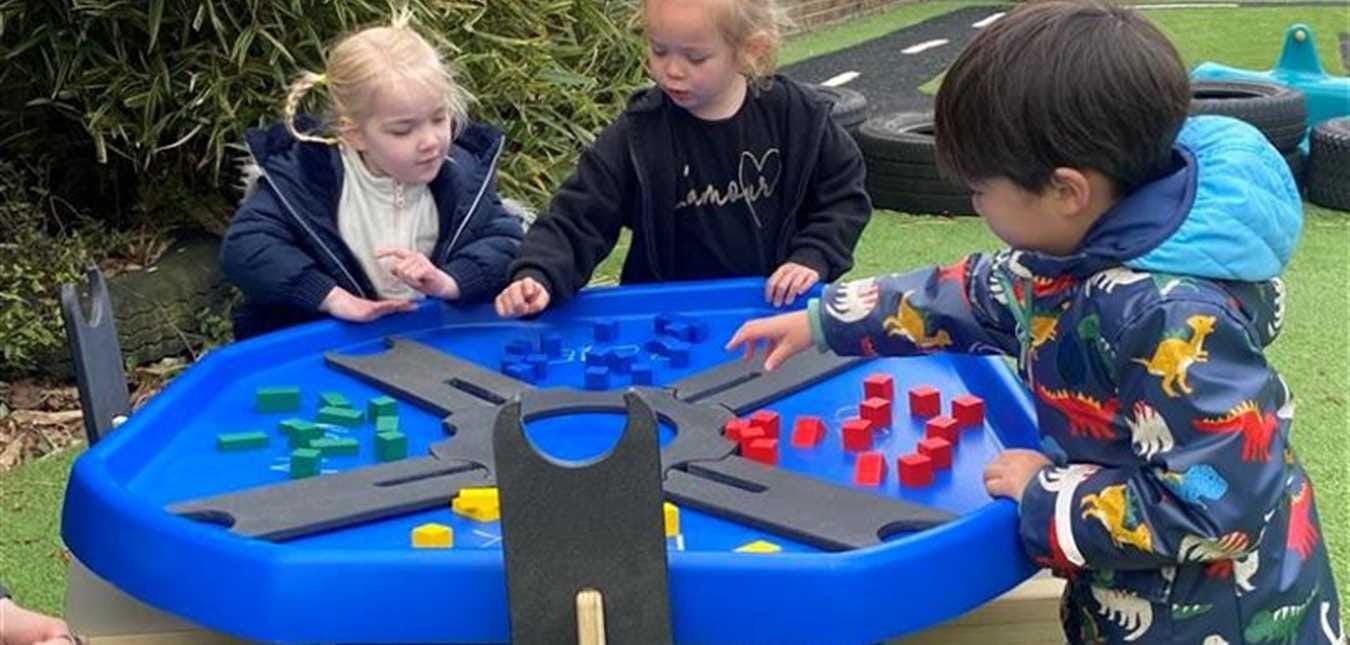
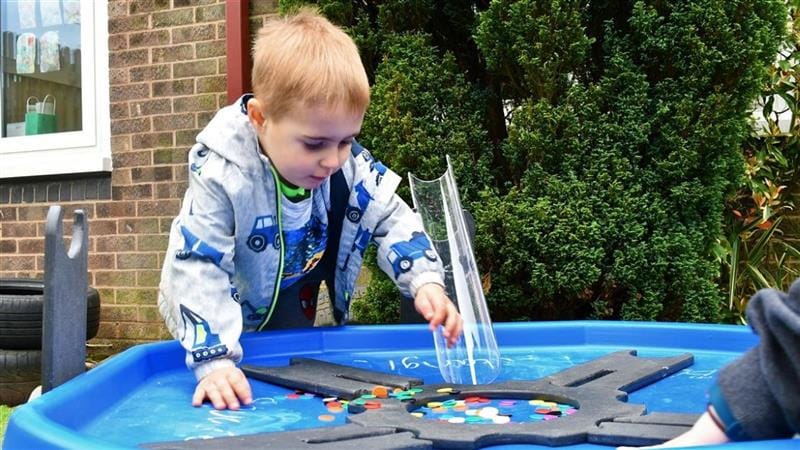

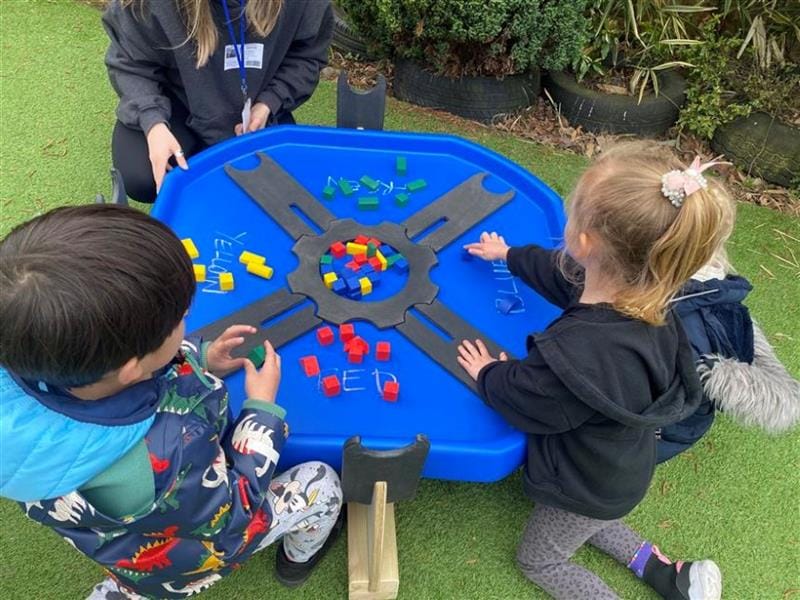
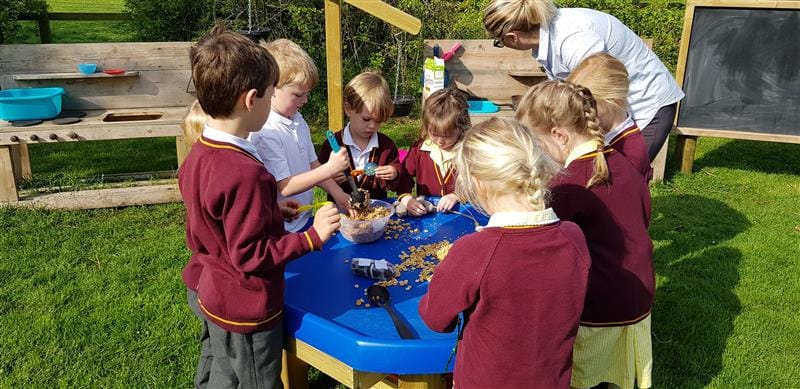

 web.png)
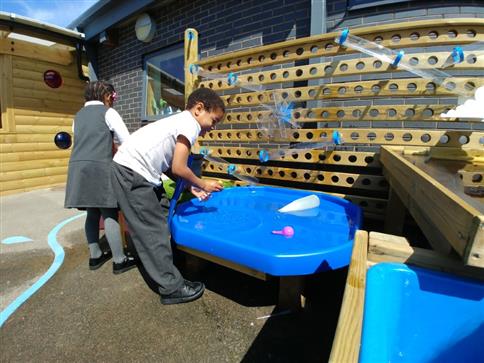
.jpg)
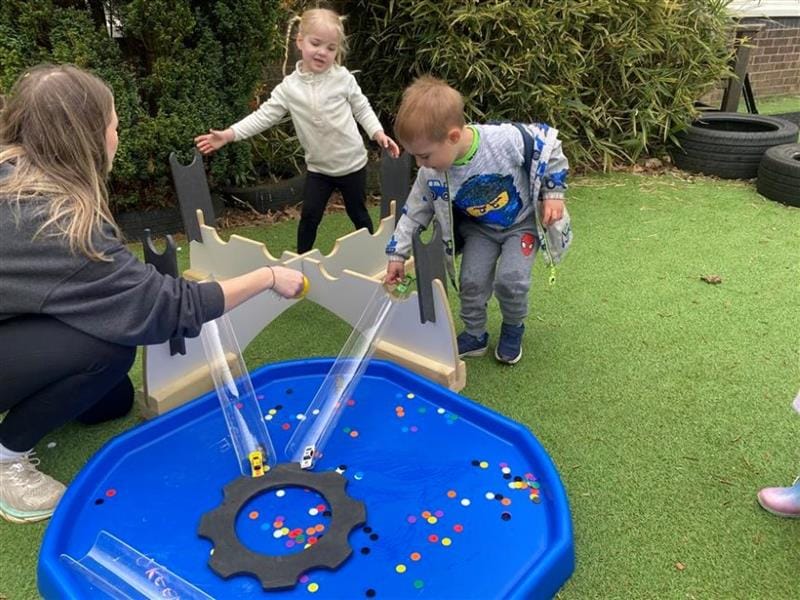
.jpg)

